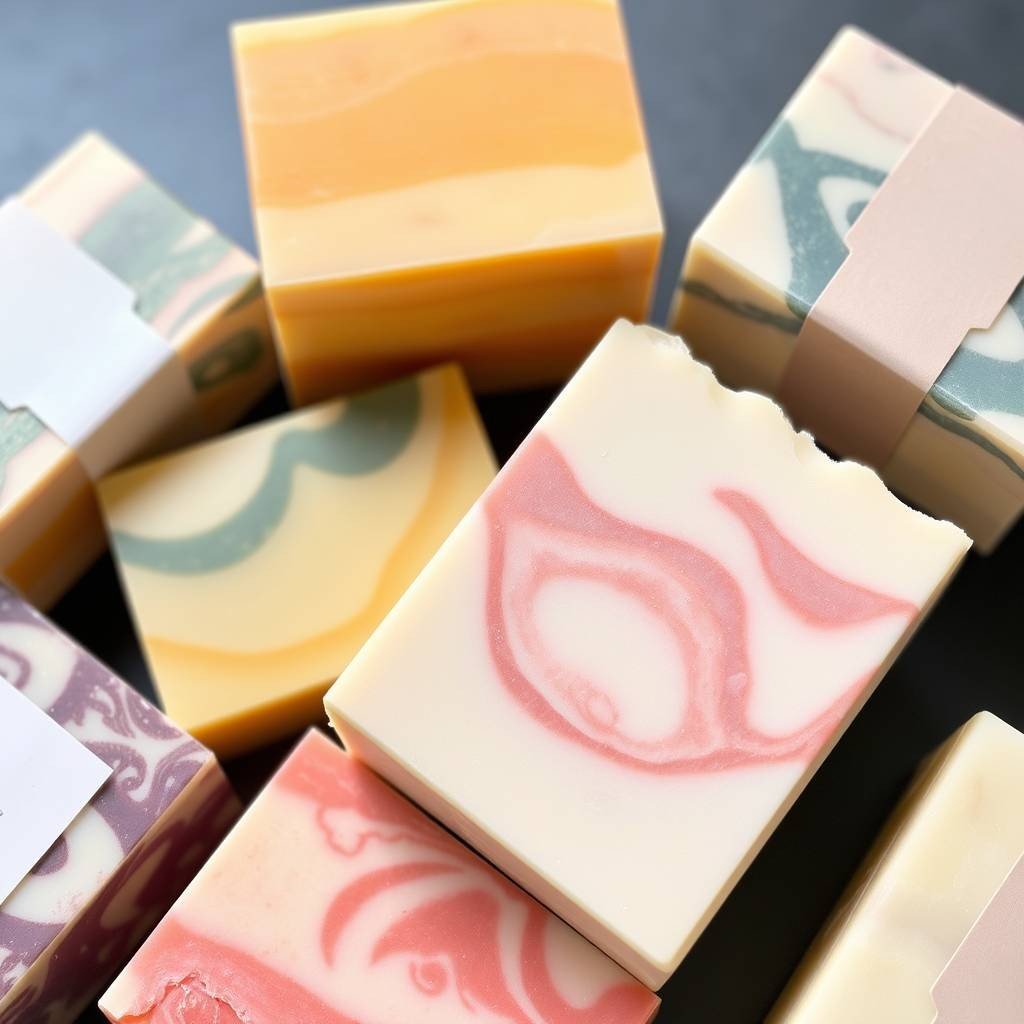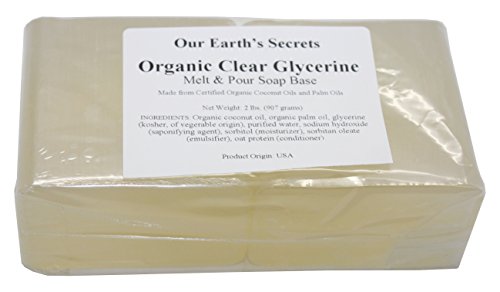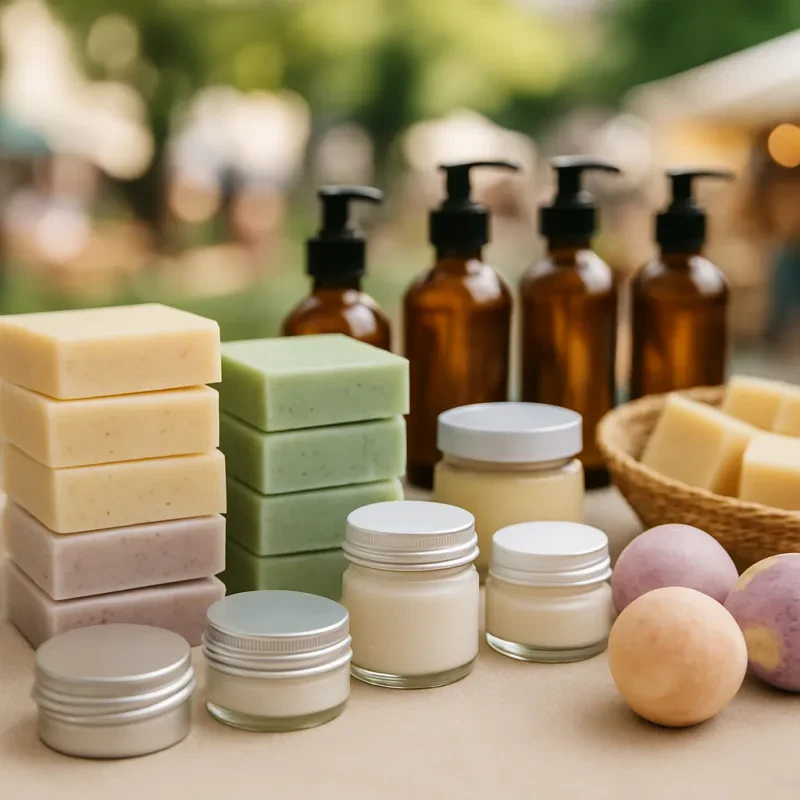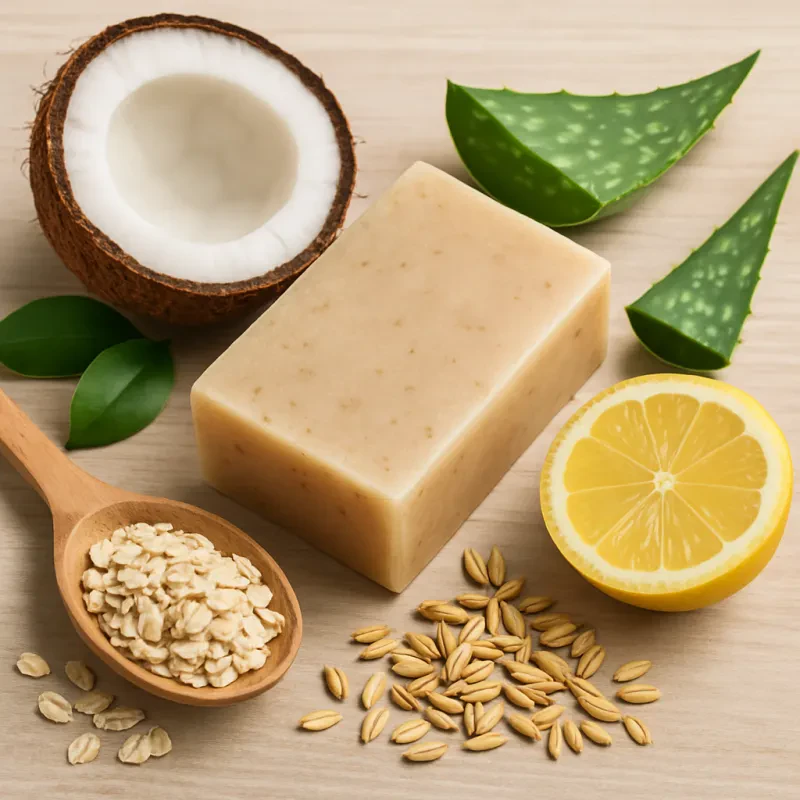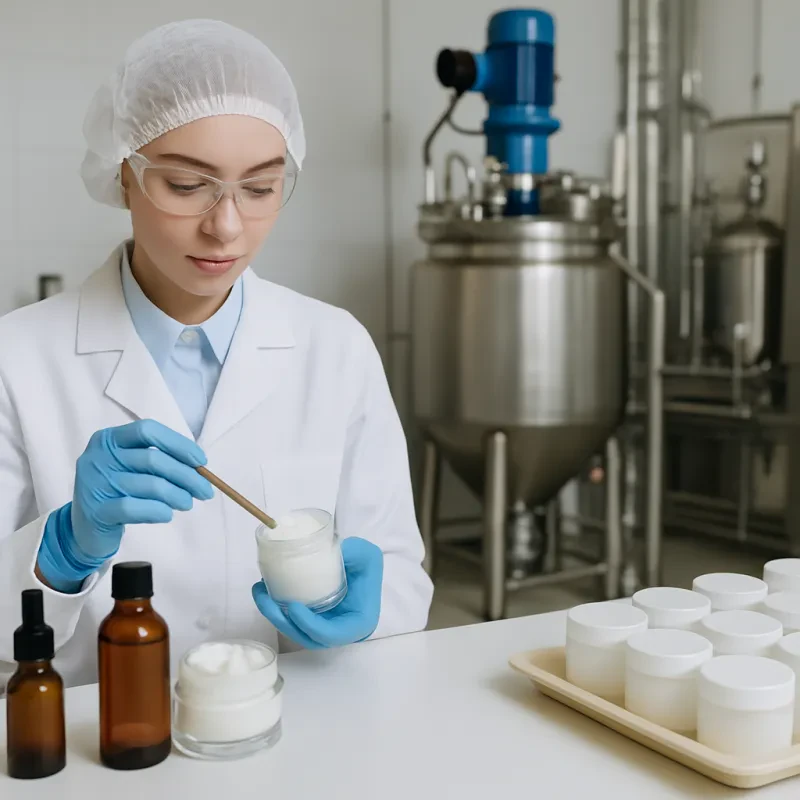Pricing your handcrafted soap for profit involves more than simply adding up the cost of ingredients. It requires an understanding of your expenses, your target market, and the value your soap provides. Setting the right price ensures that you can cover your costs, make a reasonable profit, and still offer a product that customers are willing to pay for. Here's a step-by-step guide on how to effectively price your handcrafted soap.
1. Understand Your Costs
The first step in pricing your soap is to accurately determine all of your costs. This includes direct and indirect costs, which can be broken down into the following categories:
a. Raw Materials
These are the ingredients needed to make and package the soap, including oils, butters, fragrances, colorants, and lye. To determine the cost of raw materials for one batch, calculate how much of each ingredient you use per batch, and then divide the total cost by the number of bars you produce. Don’t forget to include any packaging materials, such as labels, boxes, or wraps.
b. Equipment
Equipment costs include things like molds, mixing bowls, thermometers, scales, and blenders. While these are typically one-time expenses, it's important to factor in their depreciation over time. For instance, if a mold costs $20 and is expected to last for 100 batches, the cost per batch is $0.20. This may seem small, but it adds up when making large quantities.
c. Labor
Labor costs account for the time it takes to make the soap, from preparation to curing. Even if you’re doing this as a hobby or side business, it’s important to value your time. Factor in the hourly wage you would pay yourself (or anyone you hire) for each step in the soap-making process, from mixing ingredients to packaging finished soaps.
d. Overhead
Overhead includes utility costs (water, electricity), rent for workspace, insurance, marketing, and any other general business expenses. If you're operating from home, you might want to calculate a proportionate share of your home office expenses.
2. Research the Market
Once you’ve calculated your costs, it’s important to research the market. Understand what other handmade soap makers are charging for their products. This can be done by visiting local shops, browsing online marketplaces, and looking at the prices of competitors with similar products.
Look for businesses that offer soap with comparable quality, ingredients, and size. Take note of any special features they may be offering, such as organic certification, eco-friendly packaging, or unique scents, as these can affect the perceived value and, consequently, the price.
3. Determine Your Profit Margin
Your profit margin is the amount you want to earn above your costs. While the exact profit margin can vary depending on your business goals and market research, many small businesses target a profit margin between 40% and 100%. A 50% margin means that if your total cost per bar is $3, you would aim to sell it for $6.
To calculate your price with a desired margin, use the formula:
Price = Total Cost x (1 + Desired Profit Margin)
For example, if your total cost per bar is $4 and you want to earn a 50% profit margin, the formula would be:
Price = $4 x (1 + 0.50) = $6
4. Factor in the Value Proposition
When pricing your soap, remember that customers are not only paying for the ingredients and time it took to make the soap—they are also paying for the experience and value your brand represents. If your soap has unique qualities, such as luxurious ingredients, a signature scent, or an eco-conscious packaging design, these features should be reflected in the price.
The perceived value of your product can allow you to charge a premium, even if your costs are relatively low. Branding plays a significant role in how customers perceive your soap, so consider how you want to position your product in the market—whether as an affordable luxury or as a high-end artisanal product.
5. Test and Adjust Your Prices
Once you’ve set an initial price, it’s important to test how the market responds. You may need to adjust your prices based on customer feedback, sales volume, or changes in your costs. Start by offering your soap at the price you’ve determined and track sales and customer responses. If your sales are slow, consider adjusting the price down slightly or finding ways to increase the value (for example, offering a bundle deal or improving the packaging). If you find that customers are willing to pay more, you can increase the price accordingly.
6. Don’t Forget to Account for Taxes
Ensure that you account for any sales tax or VAT that you may need to collect in your region. This can vary based on your location and the type of products you sell, so it’s important to check local regulations. You may need to factor the tax into your final price or add it on top of your price at the point of sale, depending on the local tax laws.
7. Set Your Wholesale vs. Retail Prices
If you plan to sell your soap to retail stores or other distributors, you will need to set a wholesale price. Generally, wholesale prices are about 50% of the retail price, but this depends on your production costs and profit goals. Keep in mind that wholesalers will often expect a discount, and they will mark up the price when reselling, so your pricing structure should reflect these expectations.
Conclusion
Pricing your handcrafted soap for profit is an important and sometimes complex task, but with careful calculation, market research, and a solid understanding of your costs and target audience, you can set a price that helps ensure the success of your business. Regularly review your pricing strategy as your business evolves, and remember that pricing is not just about covering costs—it’s about positioning your product in the marketplace and providing value to your customers. With the right approach, you can make your handcrafted soap a profitable venture while continuing to offer a product that people love.
How to Price Your Handcrafted Soap for Profit
Smart Strategies for Setting a Fair and Profitable Price
View our related products
See more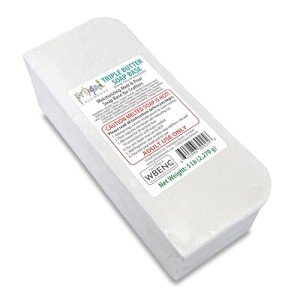
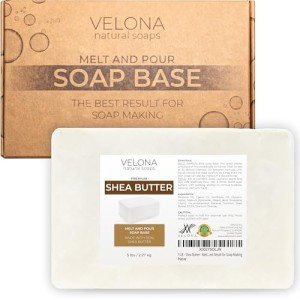
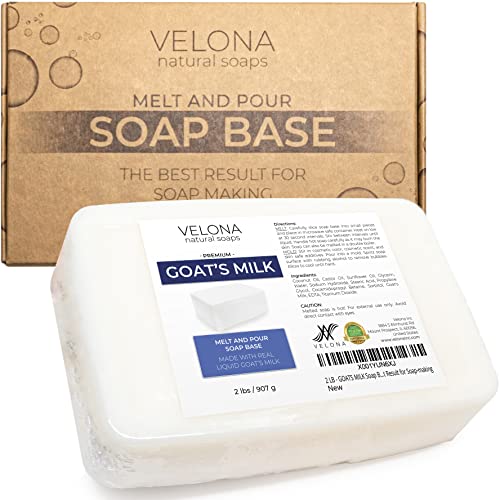
Related Articles
Ten Ways To Sell Your Soaps and Cosmetics Near Home
Simple and effective tips for local sales success
Find Your Perfect Natural Soap Ingredients Today
Discover the best natural ingredients for making your own soap
From Lab to Market: Scaling Up Handmade Cosmetics for Commercial Production
Turning Your DIY Passion into a Thriving Business
